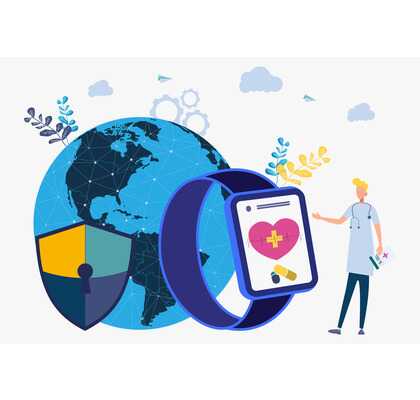The Air Fryer Debate: Is It Truly a Healthy Cooking Option?
In recent years, the air fryer has gained immense popularity as a kitchen appliance that promises to provide a healthier alternative to deep frying. With claims of crispy, delicious food achieved through minimal oil usage, many individuals have turned to air fryers as a way to enjoy their favorite fried treats guilt-free. But amidst the hype, a debate has emerged regarding the true healthiness of air frying. In this article, we will delve into the science behind air frying, explore its potential health benefits and drawbacks, and determine whether it lives up to its reputation as a healthy cooking option. An air fryer is a countertop appliance that utilizes rapid air circulation to cook food. It works by circulating hot air around the food at high speeds, creating a crispy exterior while cooking the interior evenly. The process mimics the effect of deep frying without submerging the food in oil, making it a popular choice for those seeking a healthier alternative. Air fryers employ a heating element and a powerful fan to circulate hot air within the cooking chamber. As the food is placed in the basket or tray, the hot air rapidly evaporates any moisture on its surface. The Maillard reaction, a chemical reaction between amino acids and sugars, occurs, resulting in the browning and crisping of the food. This process is responsible for the characteristic texture and flavor associated with fried foods. Proponents of air frying argue that it offers several health benefits compared to traditional frying methods. These claims include reduced calorie intake, lower fat content, and decreased exposure to harmful compounds formed during deep frying. However, it is essential to examine the scientific evidence behind these assertions. Air frying significantly reduces the amount of oil required to achieve a crispy texture. By using only a fraction of the oil traditionally used in deep frying, air-fried foods tend to have fewer calories and less fat. The high-speed circulation of hot air also promotes quicker cooking times, preserving the nutritional value of the food to a greater extent.
As we delve into the air fryer debate, let’s embrace the opportunity to explore a balanced approach to culinary enjoyment.
– Christopher Evans While air frying offers certain advantages over deep frying, it is crucial to consider the broader context of healthy cooking. In comparison to deep frying, air frying is undeniably a healthier option due to the reduced oil consumption. However, it is not necessarily a superior choice to other cooking methods, such as baking, grilling, or steaming, which also have their own merits and drawbacks. Air frying can be advantageous in terms of reducing caloric intake and fat content. Foods cooked in an air fryer often require little to no additional oil, making them lower in calories and saturated fats. This aspect makes air frying particularly appealing for individuals looking to manage their weight or reduce their fat intake without sacrificing flavor and texture. While air frying has its benefits, it is important to acknowledge the potential drawbacks as well. One of the main concerns is the formation of acrylamide, a potentially harmful substance that can be produced when starchy foods are exposed to high heat. Additionally, the temptation to consume larger quantities of fried foods due to the perception of healthiness can be a pitfall, leading to overindulgence and potential health issues. To make the most of air frying and ensure a healthy cooking experience, it is essential to follow certain guidelines. Firstly, choosing whole, unprocessed foods and incorporating a variety of vegetables can enhance the nutritional value of air-fried meals. Secondly, using cooking sprays or a small amount of healthy oils can help achieve a desirable texture without excessive calories. Lastly, practicing moderation and balancing air-fried foods with a well-rounded diet is key to maintaining overall health. While air frying has gained popularity, it is important to consider its advantages and disadvantages in comparison to other cooking methods. Baking, grilling, and steaming offer their unique benefits, such as enhanced flavors, retained nutrients, and ease of preparation. Choosing the most suitable cooking method depends on individual preferences, dietary requirements, and the desired outcome of the dish. In conclusion, the air fryer presents an appealing alternative to traditional deep frying, with the promise of crispy and delicious results using minimal oil. While air frying can be a healthier option compared to deep frying, it is essential to consider it within the broader context of healthy cooking practices. Moderation, balanced meal choices, and incorporating a variety of cooking methods can contribute to a well-rounded and nutritious diet.Introduction
What is an Air Fryer?
How Does an Air Fryer Work?
The Health Claims of Air Fryers



The Science Behind Air Frying
Is Air Frying Healthier Than Traditional Cooking Methods?
Nutritional Benefits of Air Frying
Potential Drawbacks of Air Frying
Tips for Healthy Air Frying
Comparing Air Frying to Other Cooking Methods
Conclusion













































